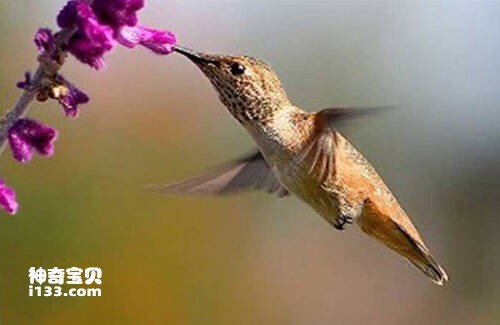
Coeligena eos
Coeligena eos,Golden Starfronlet
Golden star fronted hummingbird scientific name Coeligena eos, foreign name ···
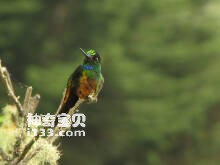
Coeligena bonapartei
Coeligena bonapartei,Golden-bellied Starfronlet
The bird's scientific name is Coeligena bonapartei, and its foreign name···
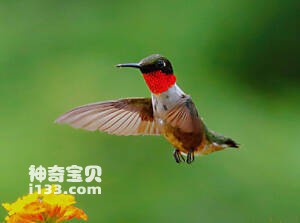
Clytolaema rubricauda
Clytolaema rubricauda,Brazilian Ruby
The Ruby hummingbird is known as Clytolaema rubricauda, Brazilian Ruby, and ···

Chrysuronia oenone
Chrysuronia oenone,Golden-tailed Sapphire
Chrysuronia oenone, or Golden-tailed Sapphire, is an unknown species.Protect···
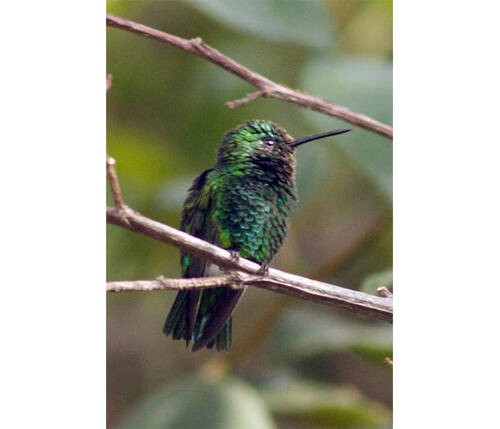
Chlorostilbon stenurus
Chlorostilbon stenurus,Rufous-vented Ground Cuckoo
Chlorostilbon stenurus, Rufous-vented Ground Cuckoo, is not known.Protect wi···
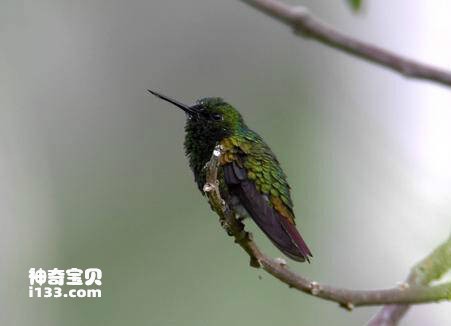
Chlorostilbon russatus
Chlorostilbon russatus,Coppery Emerald
The Coppery Emerald, Chlorostilbon russatus and Coppery emerald, is unknown.···
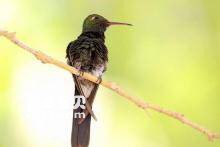
Chlorostilbon ricordii
Chlorostilbon ricordii,Cuban Emerald
Cuban green hummingbird scientific name Chlorostilbon ricordii, foreign lang···
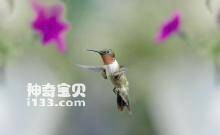
Chlorostilbon poortmani
Chlorostilbon poortmani,Short-tailed Emerald
Chlorostilbon poortmani, Short-tailed Emerald, is an unknown species.Protect···
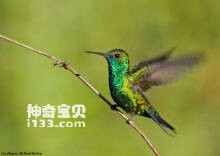
Chlorostilbon notatus
Chlorostilbon notatus,Blue-chinned Sapphire
The blue-chin hummingbird is Chlorostilbon notatus, Blue-chinned Sapphire, a···
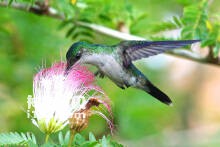
Chlorostilbon mellisugus
Chlorostilbon mellisugus,Blue-tailed Emerald
The Blue-tailed hummingbird is Chlorostilbon mellisugus and blue-tailed Emer···
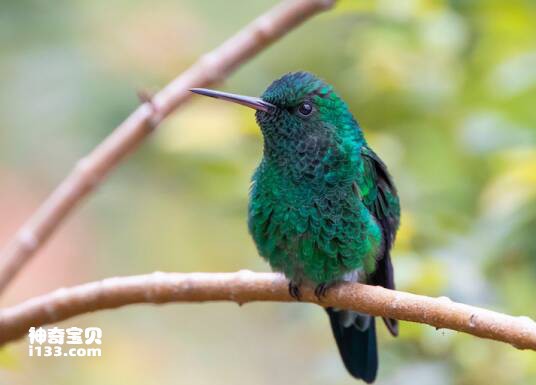
Western Emerald
Western Emerald,Chlorostilbon melanorhynchus
The Western Emerald hummingbird (Chlorostilbon melanorhynchus) is an unknown···
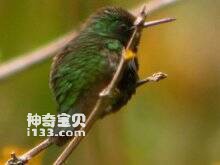
Chlorostilbon maugaeus
Chlorostilbon maugaeus,Puerto Rican Emerald
The bird's scientific name is Chlorostilbon maugaeus, and its foreign na···
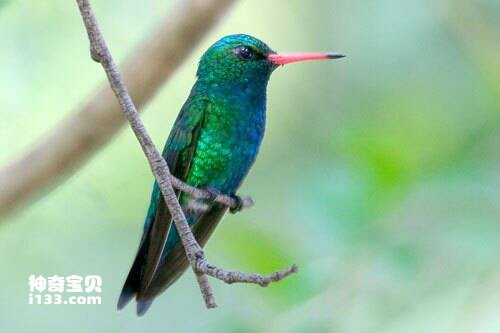
Chlorostilbon aureoventris
Chlorostilbon aureoventris,Glittering-bellied Emerald
The green hummingbird's scientific name is Chlorostilbon aureoventris an···
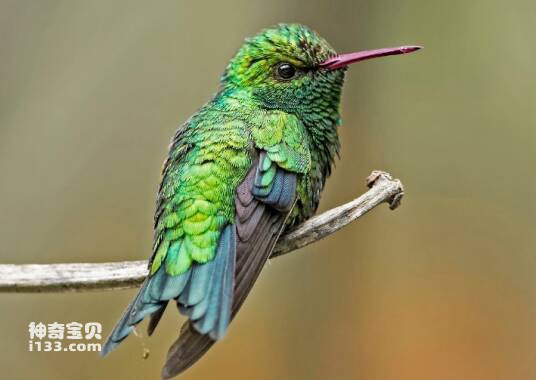
Chlorostilbon gibsoni
Chlorostilbon gibsoni,Red-billed Emerald
The specific habits of the Red-billed Emerald (Chlorostilbon gibsoni) are un···
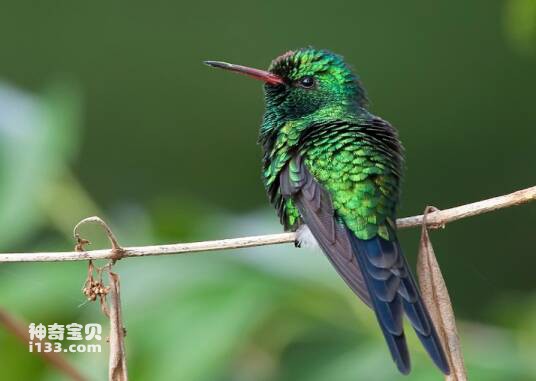
Cynanthus forficatus
Cynanthus forficatus,Cozumel Emerald
The specific habits of the Cozumel Emerald (Cynanthus forficatus) are unknow···
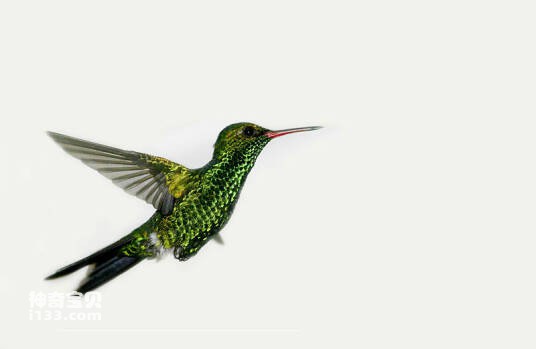
Chlorostilbon swainsonii
Chlorostilbon swainsonii,Hispaniolan Emerald
The bird is Chlorostilbon swainsonii and Hispaniolan Emerald, but its behavi···
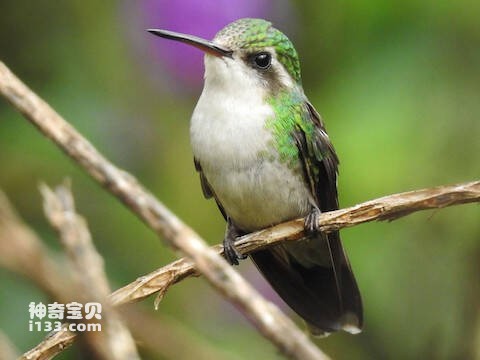
Cynanthus canivetii
Cynanthus canivetii,Canivet's Emerald
Green hummingbird (English name: Canivet' Emerald (Cynanthus canivetii) ···
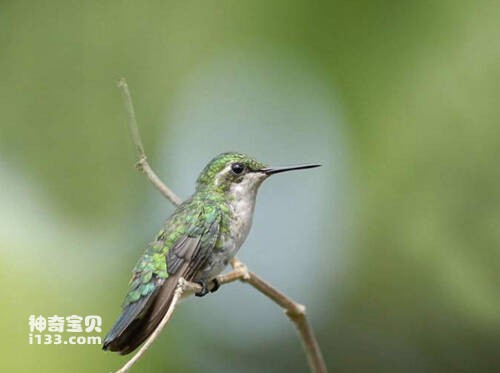
Chlorostilbon bracei
Chlorostilbon bracei,Brace's Emerald
Chlorostilbon bracei, foreign name Brace' s Emerald, whose specific habi···
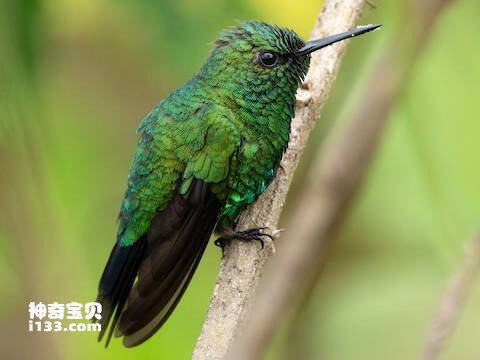
Chlorostilbon assimilis
Chlorostilbon assimilis,Garden Emerald
assimilis Garden Emerald (Chlorostilbon assimilis) The specific habits of th···
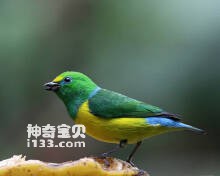
Chlorostilbon alice
Chlorostilbon alice,Green-tailed Emerald
The greentailed hummingbird is Chlorostilbon alice and Green-tailed Emerald.···
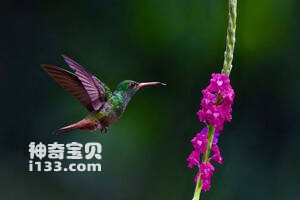
Chalybura urochrysia
Chalybura urochrysia,Bronze-tailed Plumeleteer
The species is known as Chalybura urochrysia and Bronze-tailed Plumeleteer.P···
